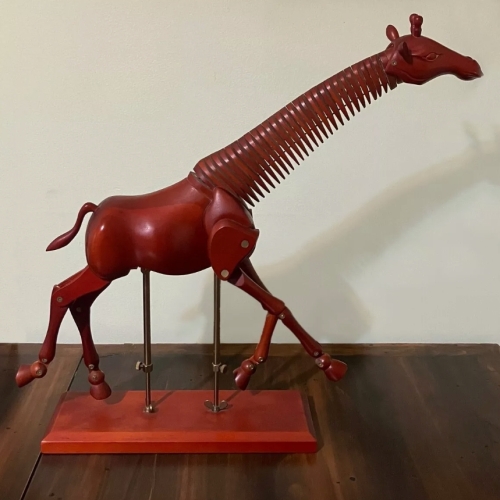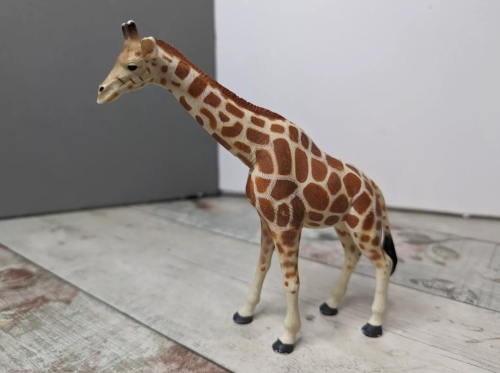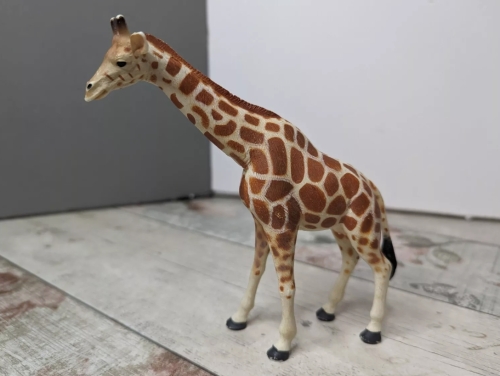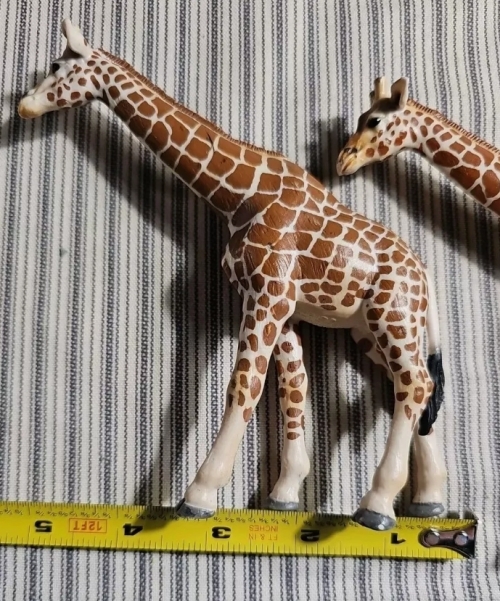The giraffe is a unique and fascinating animal whose impressive features and ecological adaptations make it a highlight of the natural world. Giraffes are known for their slender necks and long legs, an appearance that not only gives them majestic stature, but also gives them a unique advantage for survival.
Giraffes' necks can reach up to two meters long, which is designed to help them forage across the vast grasslands. Compared to other herbivores, giraffes can easily eat the young leaves higher up in the tree canopy, especially the leaves of acacia trees. This diet has given them a niche in a competitive ecosystem where many other animals can't reach those high-altitude foods. In addition, the giraffe's tongue is also very unique, dark blue color, and can stretch up to 45 centimeters long, which makes them more flexible and efficient when picking leaves.
The giraffe's social behavior is also remarkable. They usually live in small groups in which individuals build trusting relationships with each other. Giraffes communicate with each other through body language and sound, and cooperate to protect each other from predators. In this group, the mother teaches her young how to forage for food and identify danger, ensuring the next generation's survival.
The giraffe's ecological role cannot be overlooked. As herbivores, they play an important role in the regeneration of plants. When they eat young leaves from trees, they promote new growth, helping to maintain the ecological balance. However, giraffes face threats to their survival, such as habitat loss and illegal hunting. Therefore, it is particularly important to protect giraffes and their habitats.
In general, giraffes play an important role in the ecosystem with their unique physiological characteristics and social behaviors. They are not only a wonder of nature, but also an important part of ecological diversity.
















